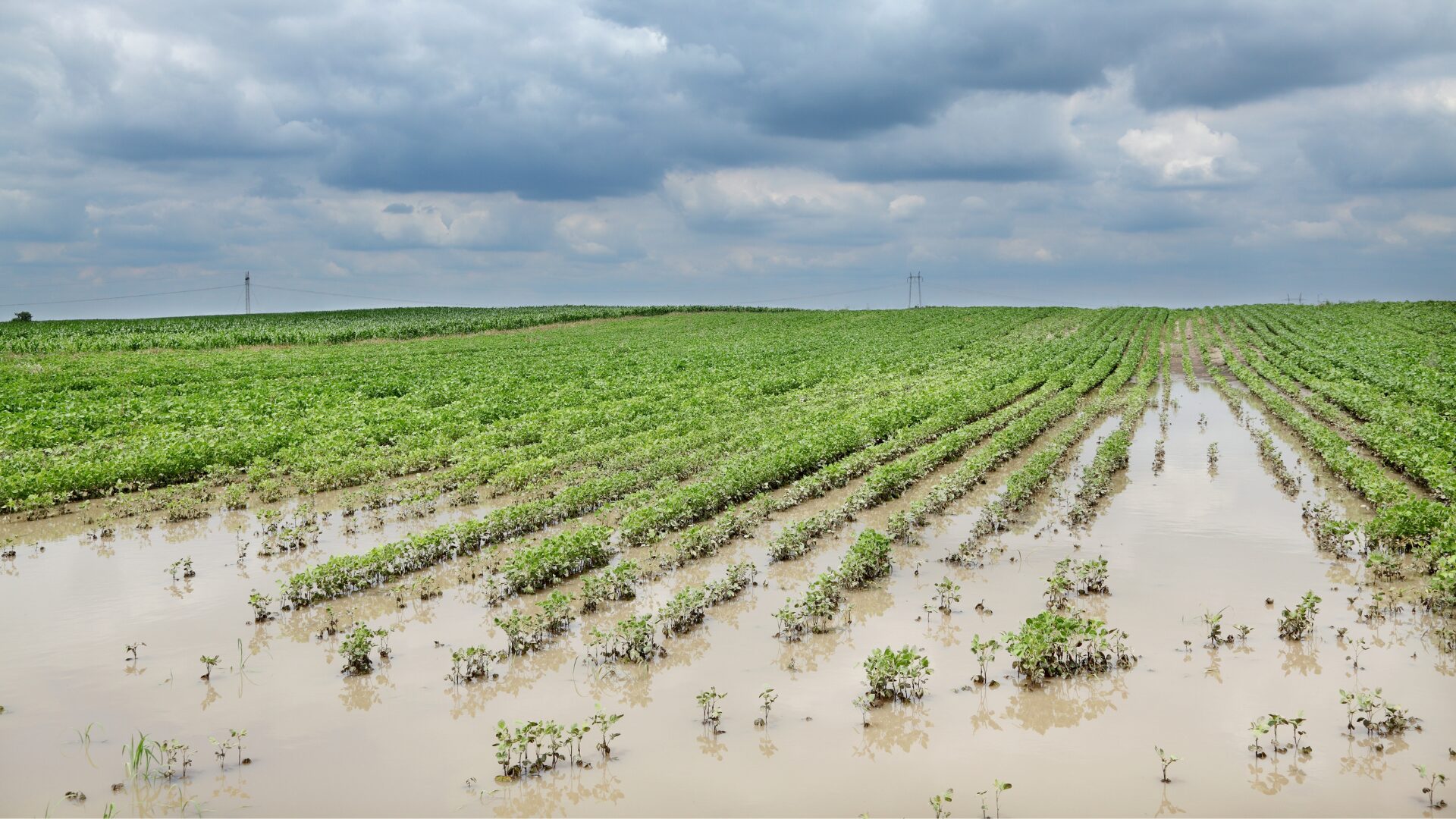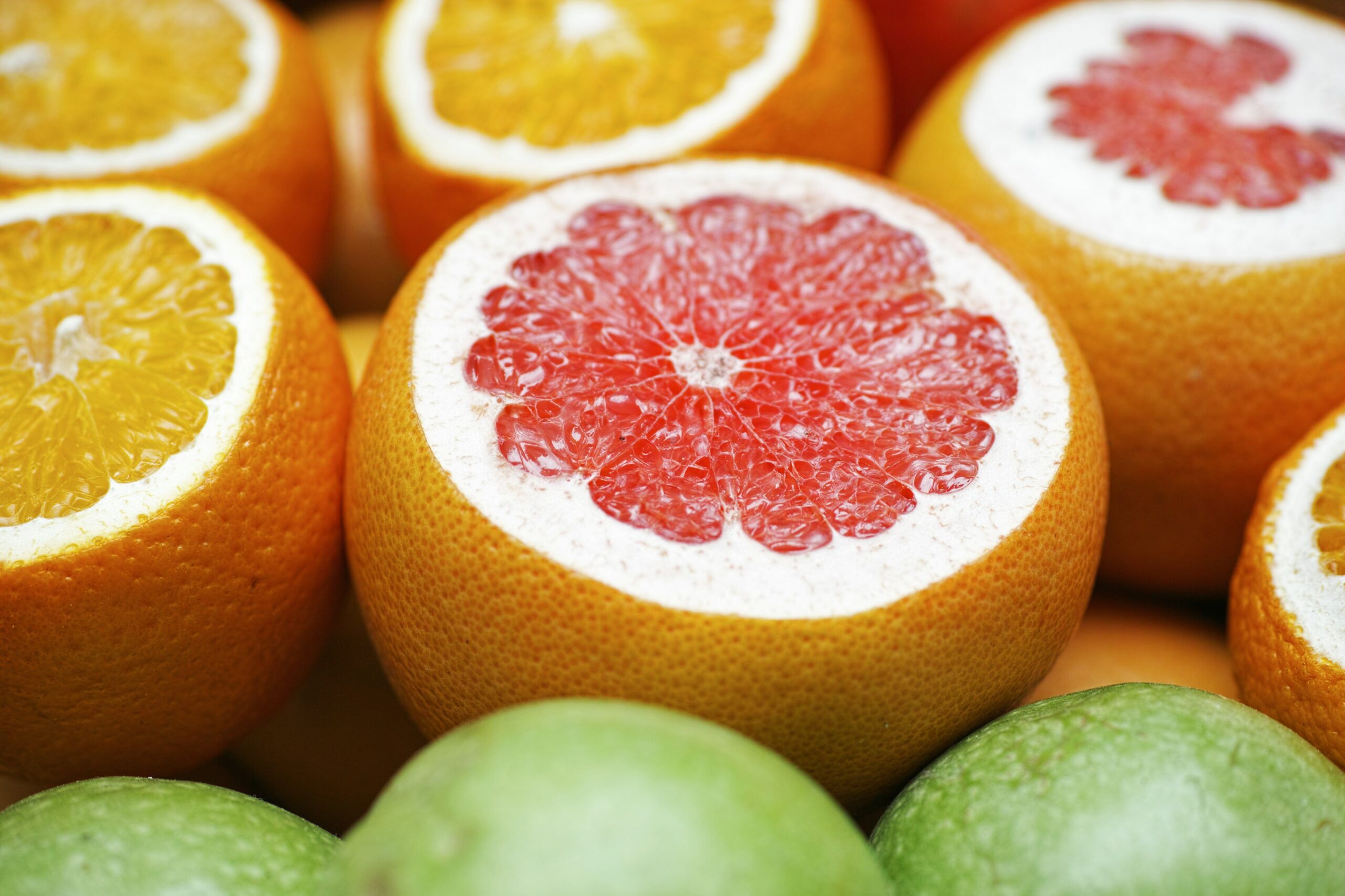Editor’s note: Article updated on 9/30:
Hurricane Ian regained strength as it reached the Atlantic Ocean as the weekend approached, and the storm began moving toward the Carolinas as a Category 1 storm. Meanwhile, recovery efforts were underway in Florida with Gov. Ron DeSantis saying it would take years to recover from the “500-year flood event,” reported The Wall Street Journal.
Florida farmers were also rushing to reach their cattle after Hurricane Ian broke fences used to contain the animals and flooded fields prevented grazing. Many are attempting to repair fences quickly to better house the animals, with out-of-state help arriving to engage in the recovery efforts, reported Successful Farming.
On Wednesday, Hurricane Ian made landfall in Punta Gorda Florida, as a strong category-4 hurricane. According to hurricane expert, Phil Klotzbach, Hurricane Ian ties for the fourth-strongest hurricane to hit Florida, along with Hurricane Charley (2004) and the 1919 Florida Keys Hurricane.
A record breaking storm surge of over 8 feet was recorded in Fort Myers, Florida.
Inland, rainfall totals over one foot were reported, which threatened to overwhelm crops in central Florida. To make matters worse, wind gusts of over 155 mph were capable of completely uprooting trees, as well as causing damage to structures and farm equipment. Over 2 million lost power and lingering power outages are a major logistical concern. According to American Shipper, nearly $20 billion in revenue is at risk, as Ian is expected to cause major supply chain disruptions to manufacturing, agriculture and distribution sectors in Florida.
Update on #HurricaneIan hitting Florida:
• More than 1.5 million without power
• 1,800 flights already canceled in the U.S. on Thursday
• Florida governor says Ian will rank in ‘top 5’ hurricanes to ever hit the state
Follow live: https://t.co/zE7hNs80FO pic.twitter.com/fSg0bWlDvv— AccuWeather (@accuweather) September 29, 2022
It remains to be seen exactly what damage Hurricane Ian will bring to the region, but the food industry has warned of, and prepared for, a number of implications from the storm, including:
- Retail supplies: Floridians were already rushing to retail outlets to stock up on basics like food and water ahead of Hurricane Ian, with one Publix supermarket reporting it was rationing supplies and limiting customer purchases in coastal areas of the state. Meanwhile, Southeastern Grocers noted it was seeing surging demand for items like bottled water, batteries and cleaning supplies, according to CBS News (Sept. 26). Depleted shelves could remain empty in the immediate aftermath of the storm, depending on infrastructure damage.
- Distribution channels: The Tampa-to-Orlando corridor boasts a large number of retail and e-commerce distribution centers, and those areas will likely contend with flooding, power outages, and wind damage connected to the hurricane, according to reporting from Freight Waves (Sept. 28). Additionally, trucking capacity in neighboring states is expected to contract as federal, state, and philanthropic groups work to contend with storm-related issues.
- Agricultural production: Following total crop losses of $1.5 billion from hurricanes Irma and Michael in 2017 and 2018, respectively, Florida farmers are bracing for the worst with Hurricane Ian, according to The Packer. The aforementioned Freight Waves report noted 70% of the U.S. citrus crop comes from Florida, and the storm could heavily impact the industry. Soybean crops could also be at risk as the storm moves northward.
- Fertilizer manufacturing: Already limited on the global scale due to the war in Ukraine, Hurricane Ian seems poised to hit a hub of fertilizer production in the U.S. Mosaic Co., which creates phosphate rock assets, is located right in the middle of the damage path, according to a report from Bloomberg.
Food Institute Digital Content Producer/Reporter Brittany Borer graduated from the University of North Carolina at Charlotte with a Bachelor of Science degree in meteorology. Chris Campbell serves as Senior Content Manager.
Timelapse shows storm surge inundating a courtyard and pool outside of a hotel in Fort Myers as Hurricane Ian hit Florida. https://t.co/mcXv8GMNPa pic.twitter.com/0xNJAPjiL2
— ABC News (@ABC) September 29, 2022












